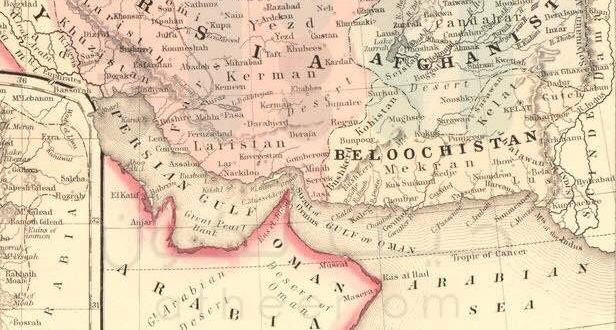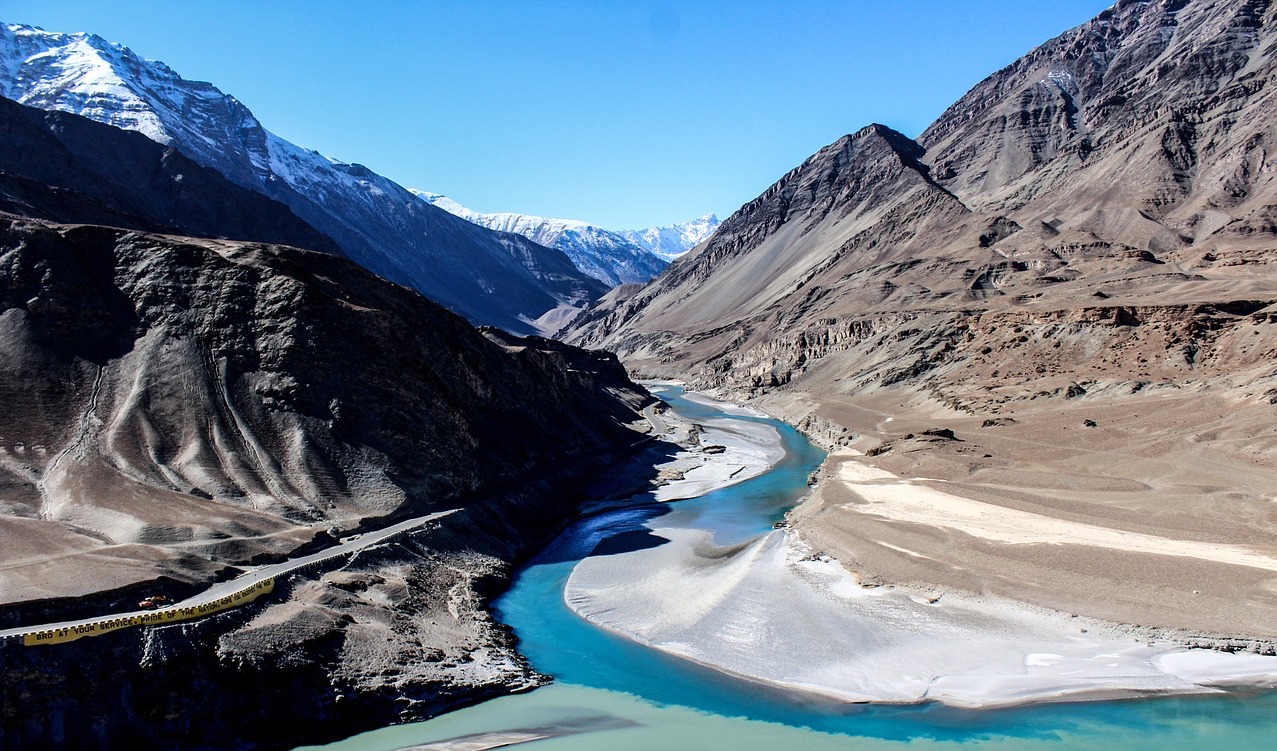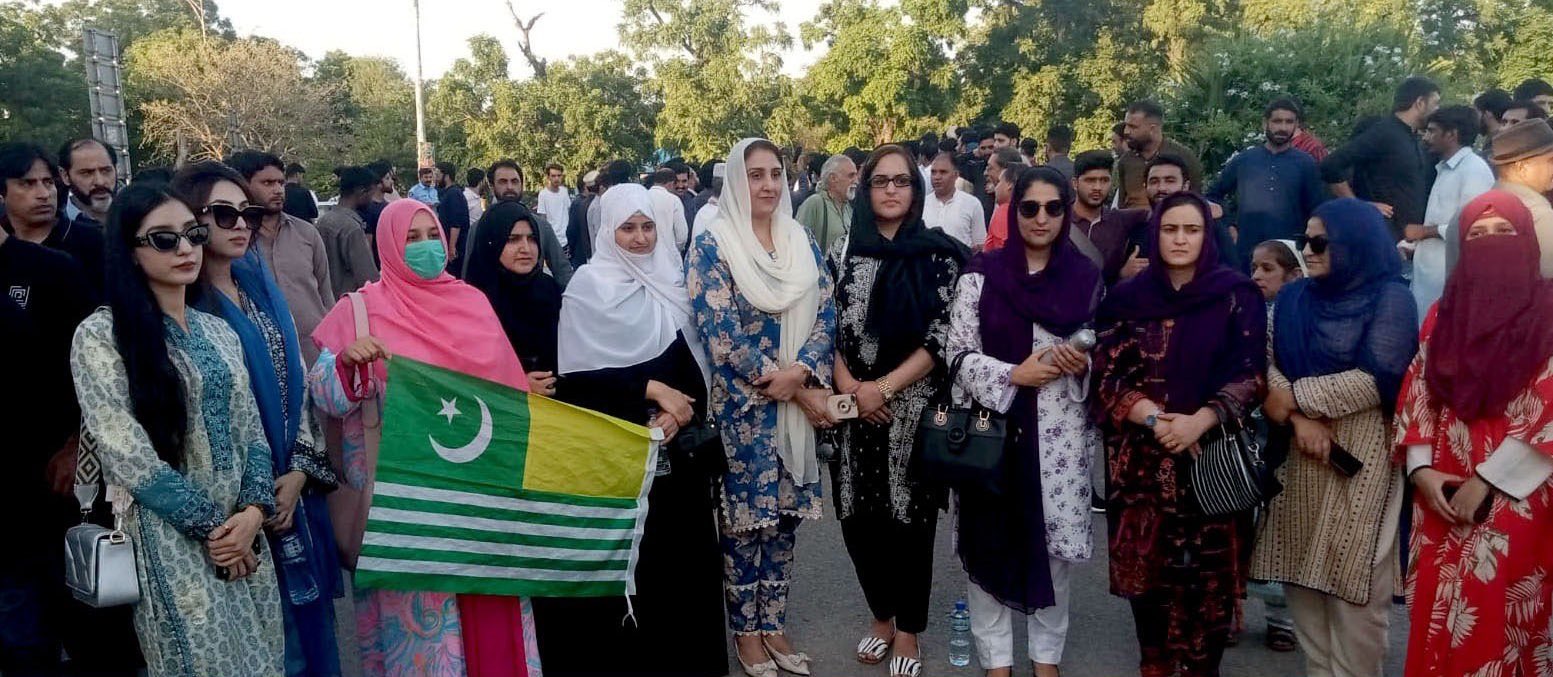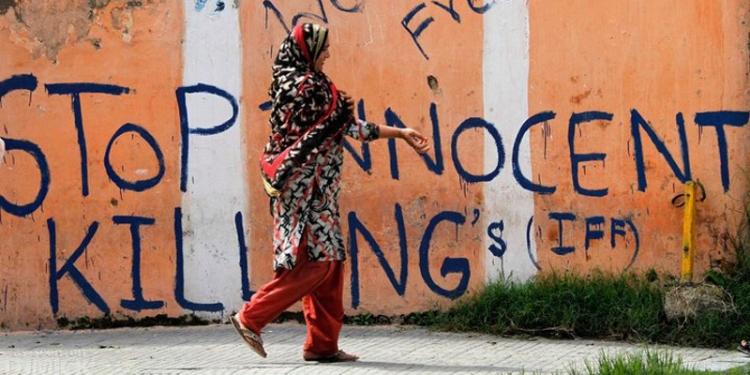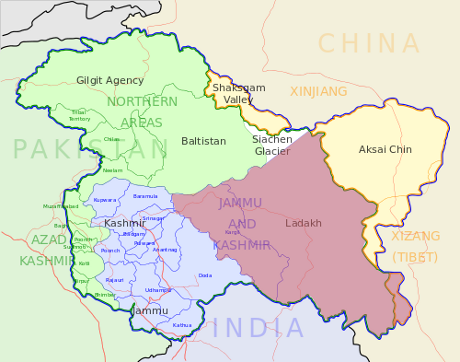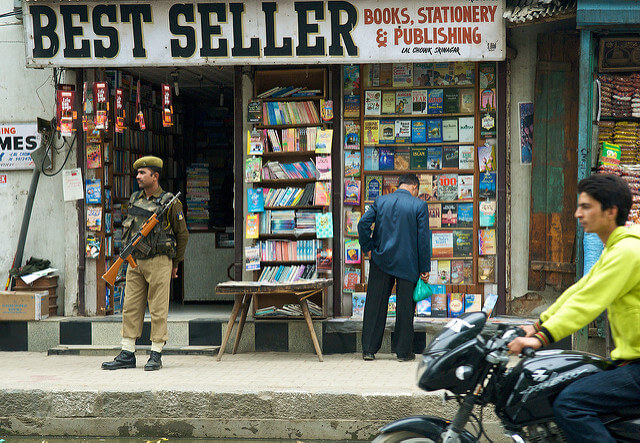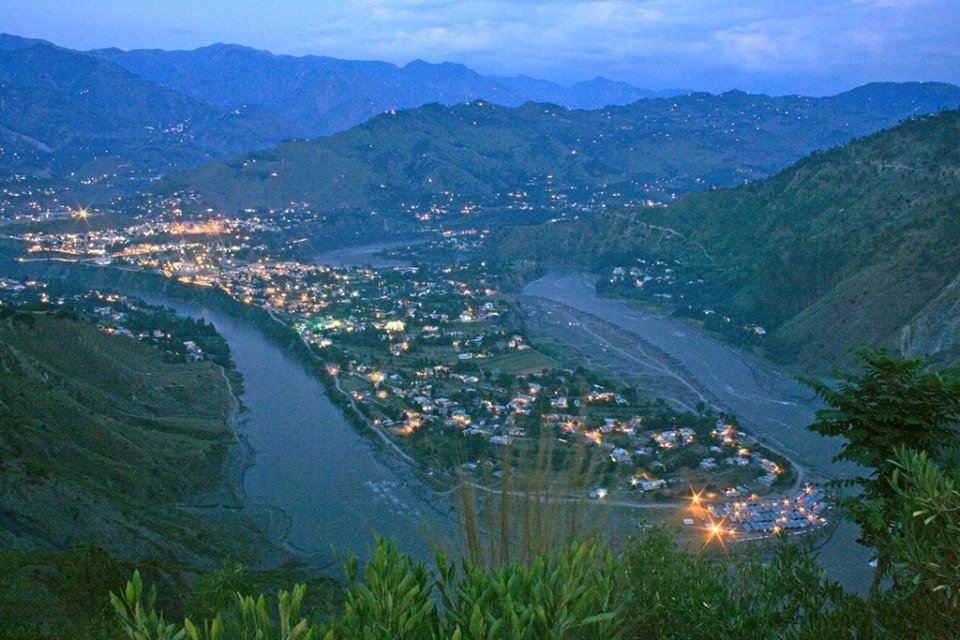
Unrest erupts in Azad Kashmir
The politically volatile region of Pakistan-administered Azad Jammu Kashmir has once again plunged into a crisis of civil unrest. Local protests over government plans to drop subsidies for wheat and electricity rapidly transformed into a broader movement demanding comprehensive reform and regional economic relief. The demonstrations have pressured the government into negotiations and legal concessions, after initial harsh repression only further fueled public dissent. (Photo of Muzaffarabad via Wikimedia Commons)



